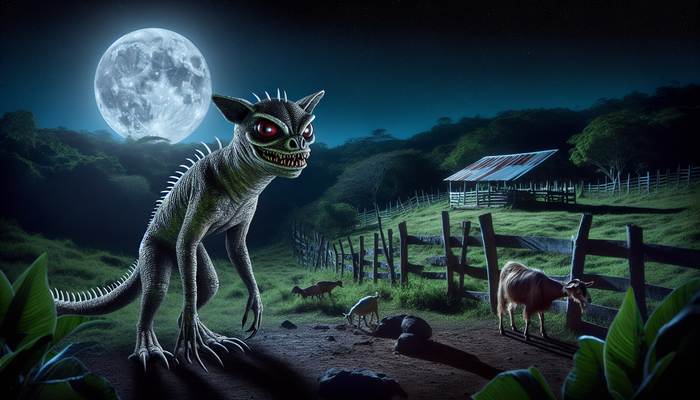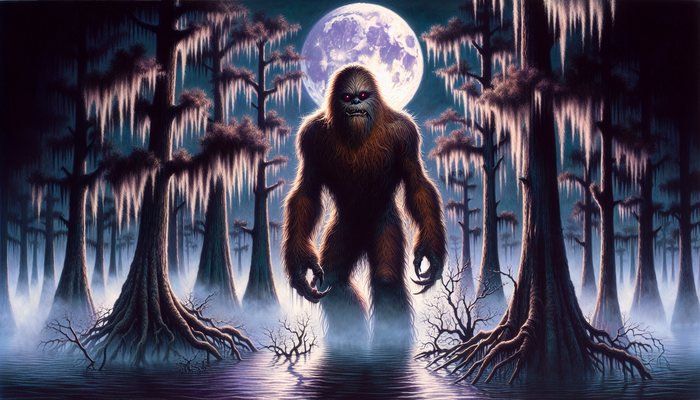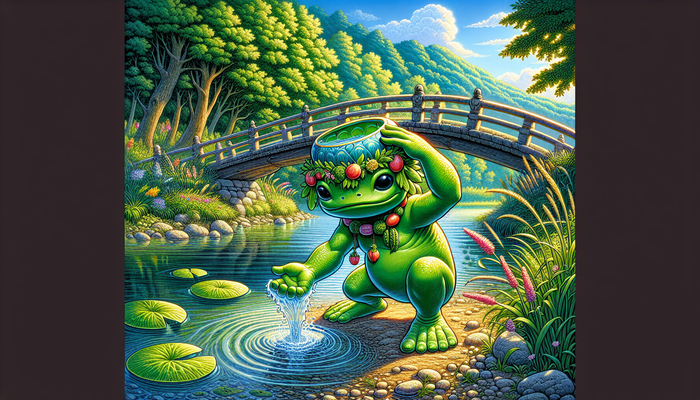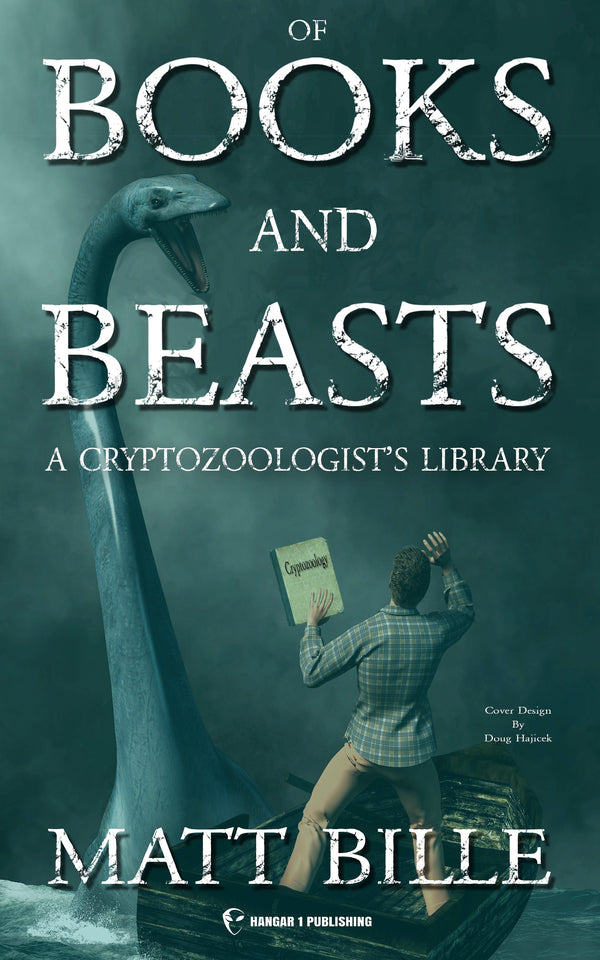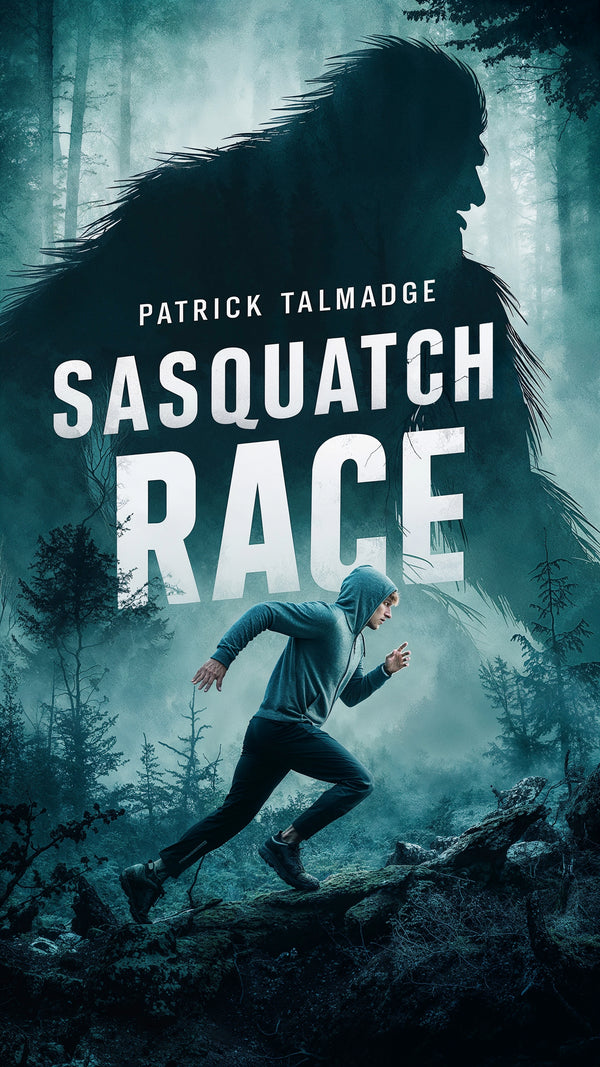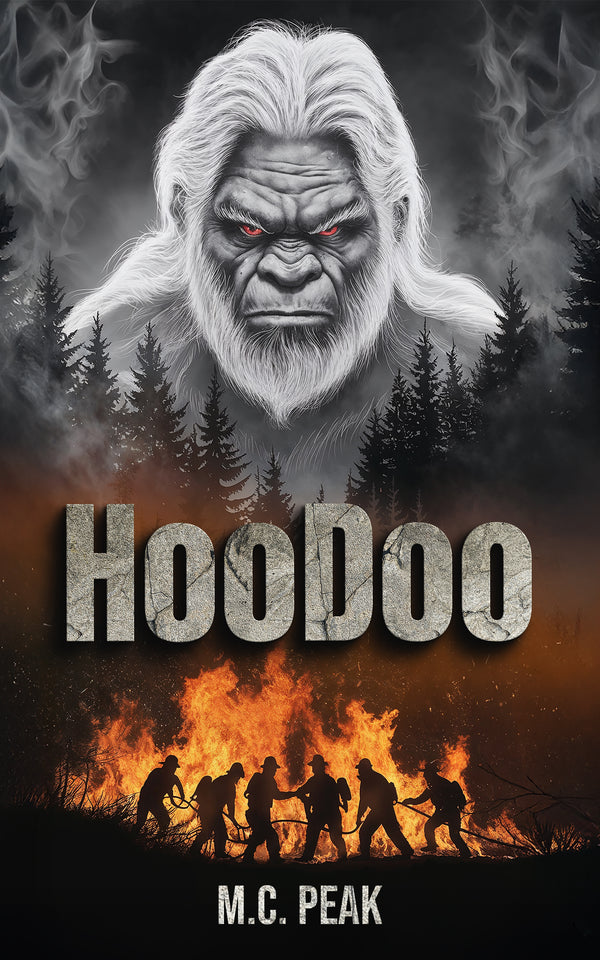Imps: Are They Real or Just Folklore?

By Jack Sullivan, Cryptozoologist
Have you ever wondered if those mischievous little creatures known as imps are more than just figments of our imagination? As a dedicated researcher of cryptozoology and the paranormal, I've long been fascinated by these enigmatic beings that have captured the human imagination for centuries. While there is no definitive scientific proof of imps' existence, their enduring presence in folklore, literature, and popular culture suggests they hold a powerful symbolic significance that transcends the literal question of their reality.
Origins and Evolution of Imps
To unravel the mystery of imps, we must first delve into their origins and evolution. The word "imp" itself has roots in Old English, where it referred to a young shoot or scion of a plant or tree. Over time, the term came to be associated with small, often mischievous beings, frequently described as the attendants or familiars of witches and warlocks.
In early Germanic folklore, imps were not necessarily seen as inherently evil. They were often portrayed as mischievous, troublesome creatures, but not necessarily malicious or dangerous. These imps were sometimes even associated with the gods, serving as their attendants or messengers. However, as Christianity spread through Europe, the perception of imps began to shift, with them becoming more closely linked to the forces of darkness and evil.
During the witch hunts of the 16th and 17th centuries, imps were actively sought out as evidence of witchcraft. Accused witches were often accused of keeping imps as familiars, which were believed to take the form of small animals such as cats, dogs, or toads. The presence of these "imps" was seen as proof of the witch's pact with the devil.
Imps in Literature and Popular Culture
Despite this dark association, imps have continued to capture the public's imagination, appearing in a wide range of cultural contexts. In literature, the most famous example is likely Robert Louis Stevenson's 1891 short story "The Bottle Imp," which tells the tale of an imp trapped in a bottle that grants its owner's wishes, but at the cost of their soul.
Imps have also found their way into the world of fantasy and gaming, with the creature appearing in various forms in works such as the Dungeons & Dragons franchise, the Warcraft universe, and the Pokémon series. In these contexts, imps are often depicted as small, mischievous demons or fairies, with a range of magical abilities and a penchant for causing trouble.
Imps in Folklore and Mythology
But imps are more than just literary and pop culture creations; they have a rich history in folklore and mythology as well. In many traditions, imps are seen as pranksters and attention-seekers, using their love of mischief and desire for human companionship to play tricks and jokes on unsuspecting victims. These pranks were often harmless fun, but could sometimes be upsetting or even harmful, such as switching babies in a cradle or leading travelers astray in unfamiliar places.
Imps appear in various cultural traditions around the world, from Germanic and Celtic folklore to Slavic mythology. One of the most famous examples is the Lincoln Imp, a carved stone figure that sits in the Angel Choir of Lincoln Cathedral in England. According to legend, the Lincoln Imp was one of two imps sent by the devil to wreak havoc in the cathedral, but was turned to stone by an angel.
Imps also feature in many classic fairy tales and stories, such as "The Elves and the Shoemaker" from the Brothers Grimm collection. In these tales, imps often have a dual nature, sometimes portrayed as malevolent servants of the devil, other times as harmless tricksters. This reflects the complex and often contradictory ways in which imps have been perceived throughout history.
Imps in Art and Architecture
In addition to their presence in folklore and literature, imps have also left their mark on the world of art and architecture. The Lincoln Imp, for example, has become a beloved symbol of the city of Lincoln, featured in countless artistic works and reproductions. Imps also frequently appear as decorative elements on churches and cathedrals, often in the form of gargoyles or grotesques. These carvings served a symbolic purpose, representing the presence of evil and the need for divine protection.
Imps have been depicted in a wide range of artistic styles and media over the centuries, from the whimsical illustrations of John Tenniel in Lewis Carroll's "Alice in Wonderland" books to the surreal and unsettling paintings of Hieronymus Bosch. In contemporary fantasy art, imps remain a popular subject, with artists continuing to reinterpret and reimagine these creatures in new and creative ways.
The Symbolic and Psychological Significance of Imps
But imps are more than just artistic and literary devices; they also hold a deep symbolic and psychological significance for us as humans. In many ways, imps can be seen as manifestations of our own desires and fears, representing the allure of mischief and trickery as well as our fear of the unknown and the supernatural.
Imps often serve as a representation of "The Other" in stories and legends, embodying what is strange, unfamiliar, or taboo. They can be seen as a reflection of the shadow side of human nature, the parts of ourselves that we keep hidden or repressed. This is perhaps why imps have such a enduring presence in folklore and myth across so many different cultures; they tap into something deep and primal within the human psyche.
From a Jungian perspective, imps could be seen as archetypal figures, recurring symbols that emerge from the collective unconscious and hold a powerful psychological resonance for us as humans. Their mischievous nature and love of trickery may represent our own repressed desires for rebellion and chaos, while their association with the supernatural reflects our fascination with and fear of the unknown.
At the same time, imp legends and stories often serve an important cultural function, transmitting values, warnings, and wisdom from one generation to the next. Tales of imps leading travelers astray or switching babies in a cradle, for example, could be seen as cautionary tales, warning us to be wary of the dangers that lurk in the world around us.
In this sense, imps and other mythical creatures provide a safe space for us to explore dark or forbidden themes, to grapple with our own fears and desires in a symbolic and metaphorical way. Through stories and legends, we can confront the shadow side of human nature without necessarily having to face it directly in our own lives.
The Reality of Imps: A Matter of Perspective
So where does this leave us in terms of the question of imps' reality? While there may not be any concrete scientific evidence to prove that imps exist in a literal sense, it could be argued that they are real in a symbolic and psychological sense. Imps represent very real human fears, desires, and fascinations, and their enduring presence in folklore and popular culture speaks to their power and resonance as cultural symbols.
In a way, the question of whether imps are literally real or not is beside the point. What matters is the role that they play in our shared cultural imagination, the way that they help us to make sense of the world around us and our place within it. Imps and other mythical creatures are a testament to the power of storytelling and myth-making, to our human need to create meaning and significance out of the chaos and uncertainty of existence.
As someone who has spent years researching and exploring the world of cryptozoology and the paranormal, I have come to appreciate the value and importance of preserving and exploring these legends and stories, even if their literal truth may never be definitively proven. The symbolic truth behind these tales is often more important and more profound than any literal or factual truth could ever be.
The Enduring Legacy of Imps
In the end, imps and other mythical creatures will likely continue to capture our imaginations and inspire our creativity for generations to come. Their enduring mystery and allure is a testament to the power of the human mind to create meaning and significance out of the unknown, to grapple with the deepest and most primal aspects of our own nature through the lens of myth and legend.
Whether imps are literally real or not, they will always be a part of our shared cultural heritage, a reminder of the timeless human fascination with the strange, the supernatural, and the otherworldly. As long as we continue to tell stories and spin tales, imps and their mischievous kin will be there, lurking in the shadows of our collective imagination, waiting to surprise and delight us with their tricks and their mysteries.
So the next time you hear a strange noise in the night or catch a glimpse of something out of the corner of your eye, remember the imps and all the other mythical creatures that have haunted and inspired the human imagination for centuries. They may not be literally real, but they are a very real part of who we are as a species, a reflection of our deepest hopes, fears, and desires. And in that sense, they will always be with us, a constant reminder of the power and the mystery of the human experience.
From Bigfoot to UFOs: Hangar 1 Publishing Has You Covered!
Explore Untold Stories: Venture into the world of UFOs, cryptids, Bigfoot, and beyond. Every story is a journey into the extraordinary.
Immersive Book Technology: Experience real videos, sights, and sounds within our books. Its not just reading; its an adventure.




